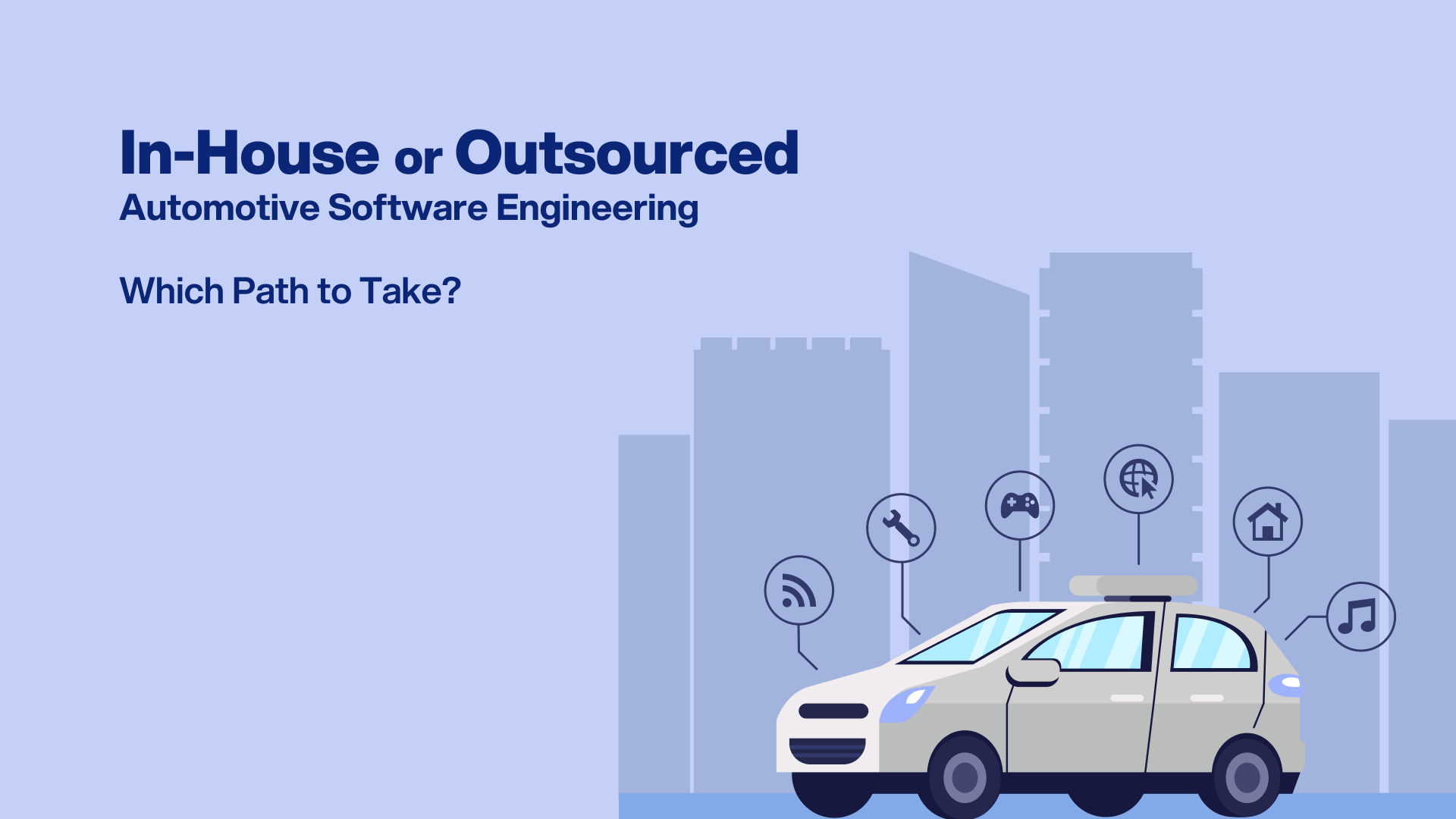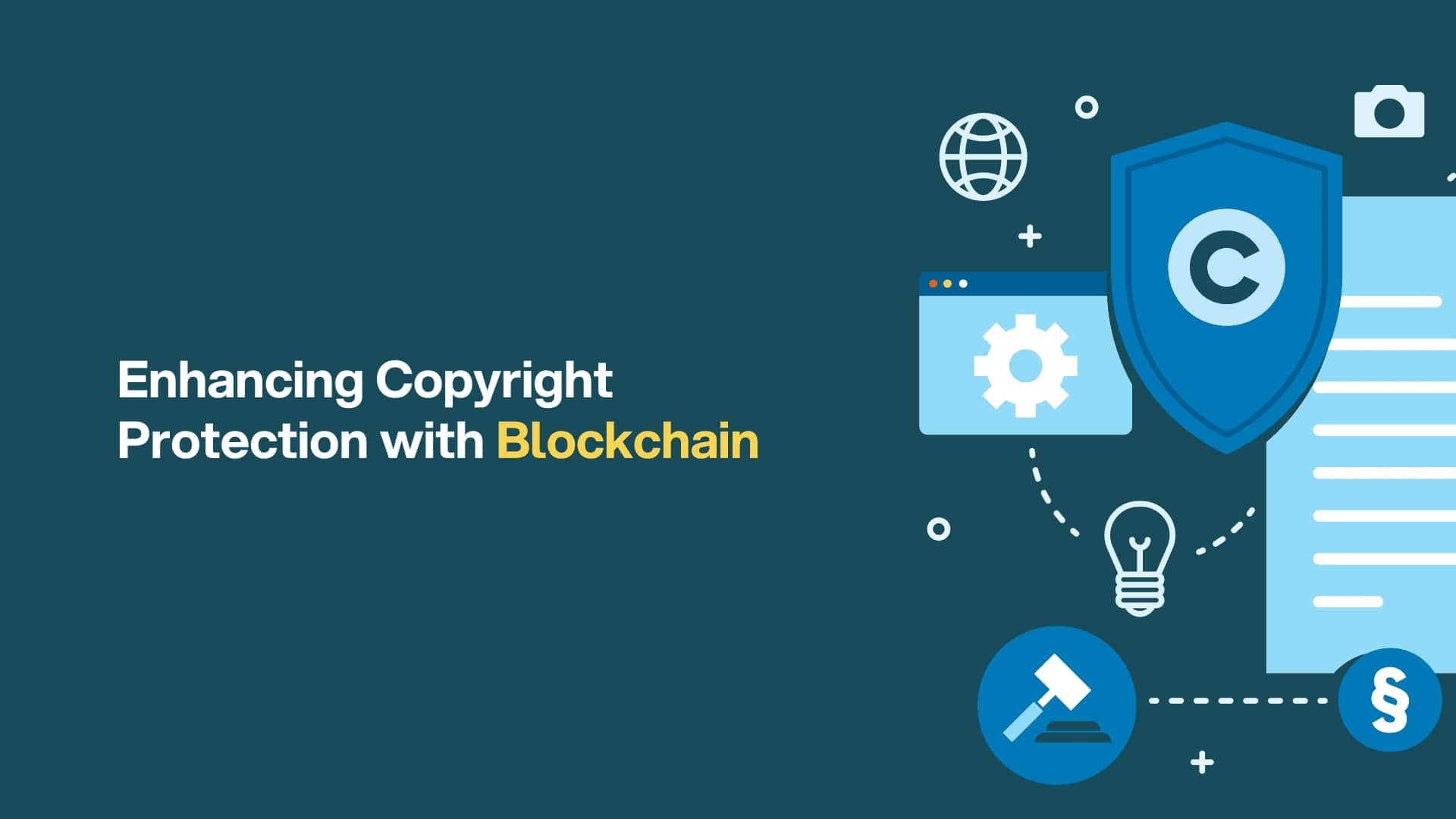
Contents
Picture this: an ambitious small business entrepreneur who finally launched her dream e-commerce platform dedicated to selling handcrafted, eco-friendly clothing. In the first month, her website sees a moderate number of visitors, mainly through word of mouth and some local marketing efforts. But suddenly, her products got featured on a popular international blog and went viral overnight. Within hours, a flood of visitors from all over the globe looking to purchase these unique items caused it to crash due to its unscalable architecture. Negative reviews flood in, denting her brand’s reputation and profits. The way out for the entrepreneur was to build scalable web architecture to handle future growth and avoid similar setbacks.
A common misconception among business owners is that scalability is simply about adding more servers. However, as many failed e-commerce startups have discovered, true scalability is about designing an architecture that grows intelligently, ensuring seamless user experience even under peak loads. To succeed in the dynamic world of e-commerce, having a scalable web architecture is not just a technical choice—it is a business necessity. It ensures that your platform can grow with demand, providing customers with a reliable experience, come what may. This article explores why scalable web architectures are crucial for the future of e-commerce, how they address the challenges businesses face, and why outsourcing software development can be a strategic advantage.
What Is Scalable Web Architecture?
Referring back to the entrepreneurs’ story, their website, which was not built to handle such high traffic, started to slow down and eventually crashed, leading to lost orders and frustrated customers. Realizing the need to avoid this in the future, they upgraded to a scalable web architecture. Now, this new system can automatically add more servers when there is high traffic and scale back during quieter times, ensuring the site runs smoothly no matter how many customers visit.
Now, whether it is a special holiday sale or another viral hit, the e-commerce site can confidently handle any surge in orders, delivering eco-friendly clothing to environmentally conscious customers without a hitch. This scalable web architecture means their website grows seamlessly with their business, providing a reliable experience for everyone.
Investing in scalable architecture is not just about preventing crashes—it is about creating a foundation for sustained growth. E-commerce companies that ignore this reality will struggle to compete in an industry where speed and reliability determine success.
Technologies Used for Building Scalable Web Applications
If we break down how embracing scalable web architecture can be a game-changer for your applications. Unlike the monolithic app design, scalable architecture can significantly cut costs while ensuring your app performs seamlessly through various growth stages. As your web application’s traffic increases, a scalable design helps it handle the load effortlessly.
To create such an adaptable application, you can utilize technologies like microservices, cloud storage, caching, and progressive web apps (PWAs). Implementing an app server involves choosing a web MVC framework for your preferred programming language (such as Express for Node.js, Ruby on Rails, Play for Scala, Laravel for PHP, and so on) and a particular language itself (like Node.js, Ruby, PHP, Scala, Java, C#.NET, etc.).
Delving into the specifics of these languages and frameworks is beyond the scope of this discussion, but understanding the big picture can set you on the right path to making your web application scalable and future-proof.
Case Studies in Scalable Web Architecture
Netflix scaled successfully by adopting a microservices architecture, enabling independent scaling and deployment. They use auto-scaling, load balancing, and AWS infrastructure to handle fluctuating traffic and massive user growth.
Airbnb transitioned from a monolithic system to a service-oriented architecture, allowing flexible scaling. They improved performance with caching mechanisms and ensured rapid development with continuous integration and deployment (CI/CD) practices.
Spotify built a distributed, event-driven system using microservices and Apache Kafka for real-time processing. They leverage Docker and Kubernetes for containerization, ensuring seamless music streaming for millions.
Each of these companies demonstrates how modularity, automation, and efficient resource management enable scalable, high-performance web architectures.
Find Your Perfect Software Outsourcing Partner
Unlock a world of trusted software outsourcing companies and elevate your business operations seamlessly.
Discover CompaniesConsiderations in Building Scalable Web Architectures
- Handling Data Consistency: In distributed systems, ensuring consistent data across nodes can be difficult, especially during failures. Developers must choose between eventual consistency (where data updates propagate over time) and strong consistency (ensuring immediate updates at the cost of availability), balancing trade-offs using the CAP Theorem.
- Managing State: Maintaining user session data across multiple servers is complex. Solutions include centralized session storage (e.g., Redis), token-based authentication (e.g., JWTs), and database sharding to distribute data efficiently.
- Security Considerations: As applications scale, security risks grow. Best practices include SSL/TLS encryption, regular software updates, and Web Application Firewalls (WAFs) to prevent attacks and ensure data protection.
- Cost Management: Scaling increases infrastructure and operational expenses. Cost-effective strategies include auto-scaling to match demand, cloud-based pay-as-you-go pricing models, and continuous resource optimization to prevent unnecessary spending.
Want to Develop Scalable Web Architecture for Your Business?
For many energy companies, developing web architecture solutions in-house can be time-consuming and expensive. This is why outsourcing to developing countries like India, Bangladesh, Pakistan, Vietnam, and Poland has become an attractive and reliable option. Outsourcing this expertise to trusted partners in developing countries allows energy companies to gain cutting-edge solutions while remaining cost-efficient.
Wrapping Up
Scaling an e-commerce business without the right architecture is a recipe for failure. Scalable web architecture plays a crucial role in app performance, ensuring smooth functionality. Its primary objective is to handle increasing workloads efficiently while maintaining high performance and minimizing downtime.
If you are exploring how Scalable Web Architecture can help streamline your energy operations, contact Enosis Outsourcing today! Partner with top software outsourcing firms from our curated list of companies to get started on your cost-saving journey today.






